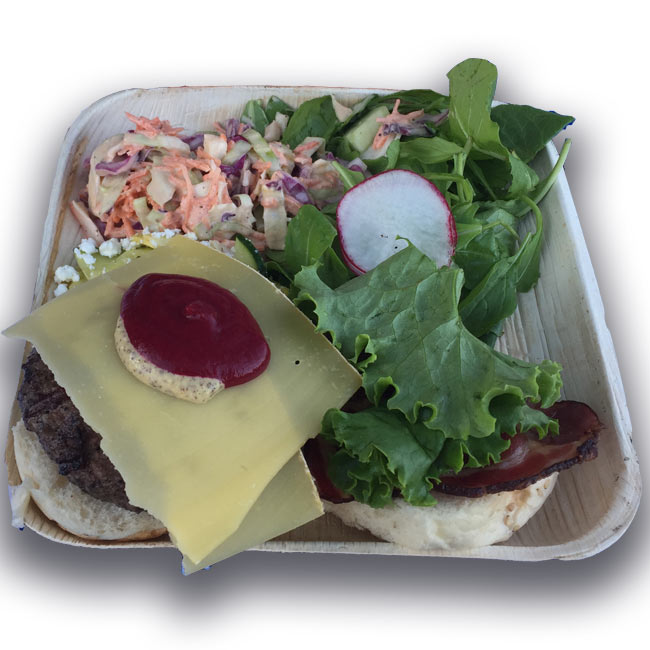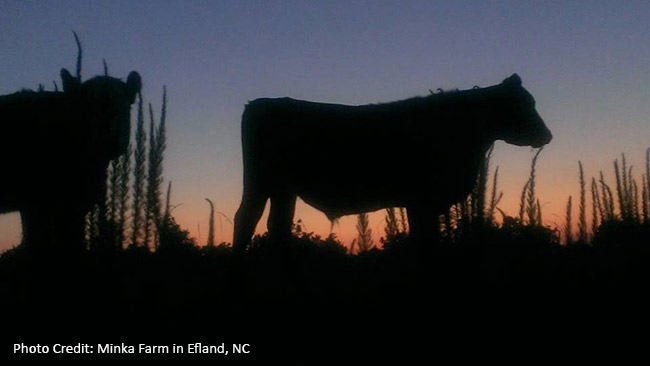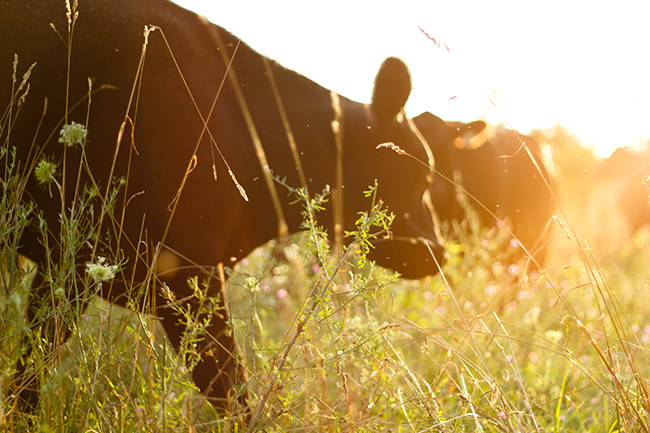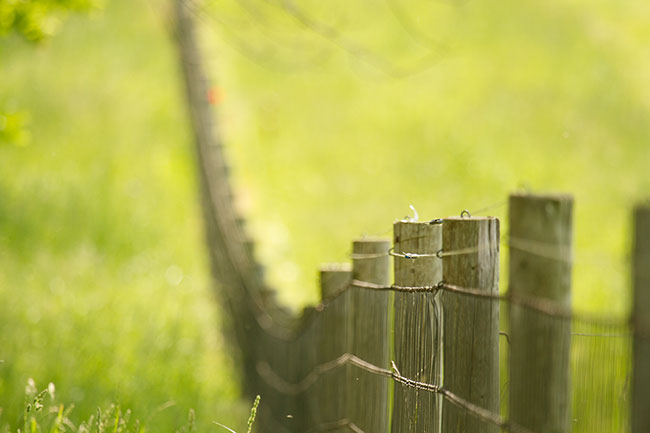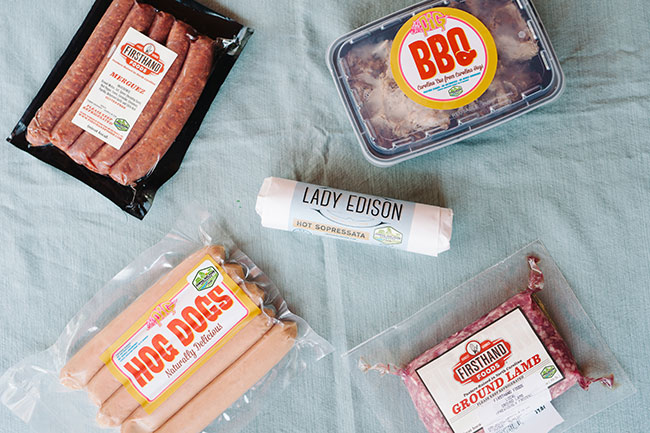CALL TO OPEN FOOD BUSINESSES–INDEPENDENT FARMS ARE READY TO SUPPLY
With the sudden closure of restaurants, schools and institutions around the country, many cutting edge, high-welfare, sustainable farms are facing the loss of some of their most crucial customers. As COVID-19 spreads, business owners are rethinking their strategies and adjusting the way they work, and many of us that are social distancing at home want to do all that we can to support our local communities and businesses through this pandemic. One specific way that we can all help our…
Farming in the Shadow of Coronavirus: Plan and plan – and then plan some more
Following the global outbreak of COVID-19, we know that many farmers (particularly those who supply the hospitality sector) have lost the majority of their markets almost overnight. We also know some farmers with established home delivery services, online sales or farm shops have been inundated by desperate customers. At the same time, many of the services and supply chains that farmers rely on—think animal feed or veterinary services—are at risk of disruption. Regardless of business model, many farmers are now…
All Hands On Deck
We know that everyone will be impacted by COVID-19. Many will lose their lives; many more will suffer personal and financial hardships. As this unfolds, it is impossible to predict the long-term impacts; only to do the best we can in the moment. At A Greener World our team quickly adjusted to meet present needs: working remotely, not collecting on invoices for farmers, and completely shifting focus to support those in our orbit struggling in this new environment. See full…
COVID-19 Collected Resources for Farmers
We are compiling a list of resources for farmers who are working through challenges brought about by COVID-19. This list is constantly updated, so please check back frequently. AGW Resources COVID-19 Collected Resources—your landing page for all AGW resources related to farming during the pandemic AGW Online Shopping—connects consumers with AGW-certified products available for online order with both national and regional delivery. Make sure you’re listed, and please be in touch with me if we need to make updates to…
COVID-19 Has Farmers Hanging in the Balance: How Your Online Order Can Help
Need to stock up on food but avoiding the grocery store? Concerned about how our food supply will weather this crisis? We can help you with both. The spread of COVID-19 is having unprecedented effects on our lives and our economy. It has driven many shoppers to big box stores and large online retailers to stock up on food and supplies. This is impacting markets for independent, family-owned farms when they need our support most. With major cities, states and…

